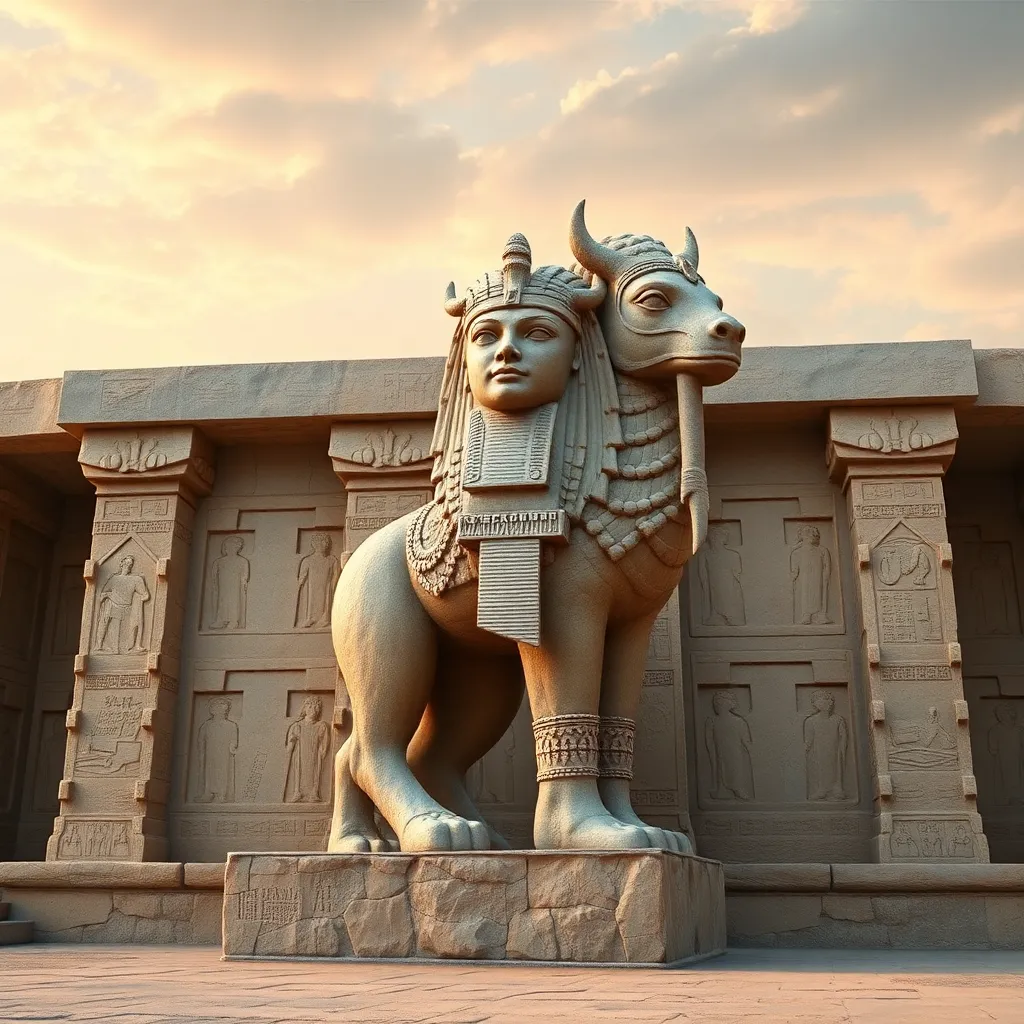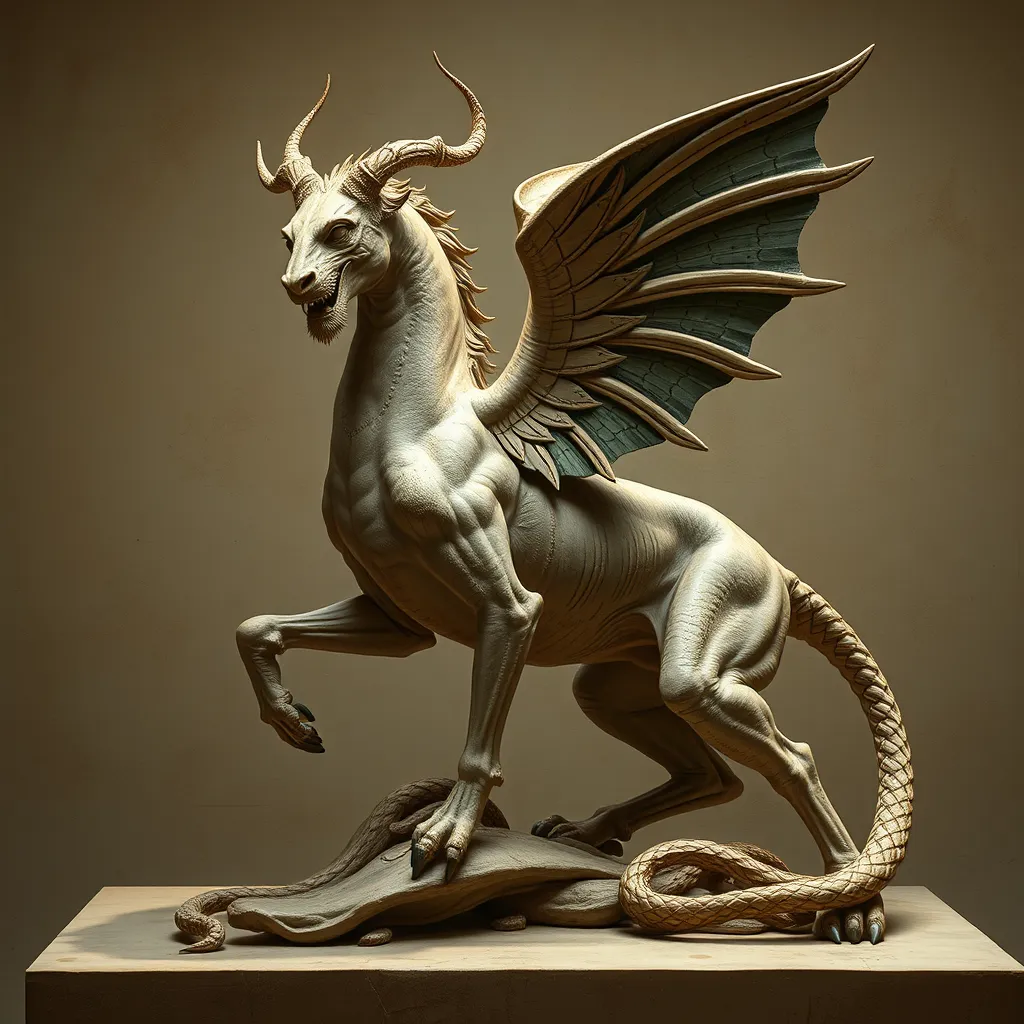The Lamassu in the Neo-Assyrian Period: Exploring its Renewed Significance
I. Introduction
The Lamassu, a mythical creature with the body of a bull or lion and the head of a human, has long been recognized as a potent cultural symbol in ancient Mesopotamia. Its significance particularly flourished during the Neo-Assyrian Period, a time marked by remarkable advancements in art and architecture. This article seeks to explore the renewed significance of the Lamassu, examining its role as both a protective figure and a representation of Assyrian power and identity.
II. Historical Context of the Neo-Assyrian Period
The Neo-Assyrian Empire, which thrived from 911 to 609 BCE, was characterized by territorial expansion, military conquests, and a flourishing of the arts. Key events during this period included:
- The reign of Ashurnasirpal II (883-859 BCE), who established the empire’s dominance.
- The expansion under Tiglath-Pileser III (745-727 BCE), who reorganized the military.
- The conquest of Israel by Shalmaneser V (727-722 BCE) and Sargon II (722-705 BCE).
- The eventual fall of Nineveh in 612 BCE, signaling the end of the empire.
The political landscape of the Neo-Assyrian Empire was complex, with a focus on central authority and a sophisticated bureaucratic system. Concurrently, the cultural landscape was rich, with advancements in literature, science, and particularly in art and architecture. The use of monumental art, including the Lamassu, played a vital role in asserting the power of the Assyrian rulers.
III. The Lamassu: Description and Characteristics
The Lamassu is characterized by its unique form, combining elements of both animal and human features. Typically depicted as a winged bull or lion with a human head, the Lamassu served as a guardian figure. It exhibits the following attributes:
- Physical attributes: The body is often muscular and robust, symbolizing strength and power, while the human head reflects intelligence and wisdom.
- Wings: The wings of the Lamassu signify protection and the ability to transcend earthly limitations.
- Facial features: The human head is often elaborately detailed, showcasing a beard and expression that conveys authority.
In Assyrian culture, the Lamassu was imbued with deep symbolism. It represented divine protection and was believed to ward off evil spirits. Variations in design can be observed across different sites, with each Lamassu tailored to reflect the artistic style and cultural influences of its location.
IV. Architectural Significance of the Lamassu
The architectural significance of the Lamassu is seen in its strategic placement and the engineering techniques used in its creation. These sculptures were typically positioned at the entrances of palaces and city gates, serving both a decorative and protective function. The following points highlight their significance:
- Placement: Positioned to guard against invaders and malevolent forces, Lamassu figures were placed at critical entry points.
- Engineering techniques: The creation of Lamassu sculptures involved advanced stone-carving techniques, showcasing the skill of Assyrian artisans.
- Comparison: Similar protective figures, like the Egyptian sphinx and other Near Eastern deities, exhibit a shared cultural motif of guardian figures.
V. The Lamassu in Neo-Assyrian Propaganda
The Lamassu played a crucial role in the propaganda of the Neo-Assyrian Empire. Its images were commonly used in royal inscriptions and public art to convey messages of power and divine sanction. The following aspects illustrate its role in propaganda:
- Royal inscriptions: Kings often commissioned Lamassu sculptures inscribed with texts that affirmed their divine right to rule.
- Demonstrating power: The presence of Lamassu figures in public spaces served to reinforce the idea of the king’s divine protection and authority.
- Perception: The Lamassu influenced how subjects and enemies viewed the Assyrian Empire, cultivating a sense of fear and respect.
VI. Cultural and Religious Significance of the Lamassu
The Lamassu is deeply embedded in Mesopotamian mythology and religious practices. It was associated with various deities, often seen as intermediaries between the divine and human realms. Key points of cultural and religious significance include:
- Mythological connections: The Lamassu is linked to the protective deities of ancient Mesopotamian mythology, embodying the guardianship of cities.
- Religious practices: In temples and sacred spaces, Lamassu figures served as spiritual protectors, integral to the worship and rituals of the Assyrians.
- Assyrian identity: The Lamassu became a symbol of Assyrian identity, representing the strength and resilience of the people.
VII. Legacy and Influence of the Lamassu
The legacy of the Lamassu extends beyond the Neo-Assyrian Period, influencing later art and architecture throughout the region. Its impact can be observed in various ways:
- Later art and architecture: The design of the Lamassu has inspired subsequent generations of artists and architects, leading to adaptations in different cultures.
- Modern interpretations: Today, the Lamassu is often referenced in popular culture, representing strength and protection.
- Cultural heritage: The Lamassu has become a symbol of cultural heritage, reflecting the historical significance of the Assyrian Empire.
VIII. Conclusion
In summary, the Lamassu holds renewed significance in the context of the Neo-Assyrian Empire. As a symbol of protection, power, and cultural identity, it played a vital role in the art and architecture of the period. The enduring legacy of the Lamassu continues to influence contemporary culture, serving as a reminder of the rich history and cultural achievements of the Assyrians.



